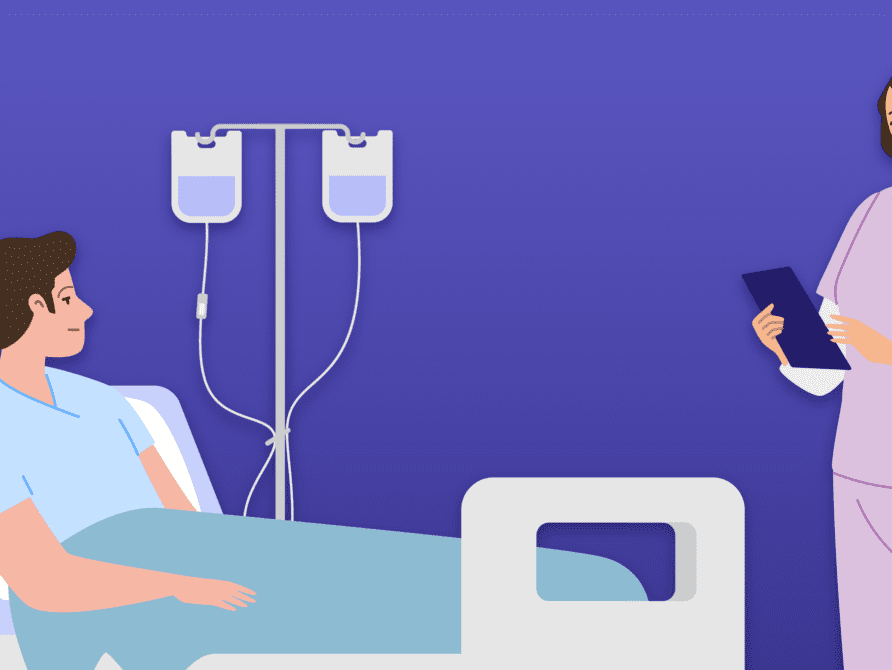Article
Are you missing out on lost revenue?
If you’re a regular reader of the Altera blog, you’ll know that we often cover financial problems in healthcare. From utilizing RPA in your revenue cycle to helping you understand the interoperability-and-finances-arent-intertwined-think-again/”>impact of interoperability on your bottom line, we are always searching for ways to help you improve the financial side of your organization. Today, I’m going to touch on a topic that is often overlooked, despite its drain on your financial and human resources: medical coding and its lack of standardization.
As it stands today, many organizations have developed a “homegrown” approach to the way they code charges into the system. But this is a largely subjective method, meaning that costs could be coded differently depending on who is recording them. This is particularly a problem in outpatient settings, such as the emergency department, where a patient may require a number of injections or infusions, which tend to be complicated to code. Adding another layer of complexity is regulatory requirements that can be complicated and are often changing. And above all, this entire process requires extensive manual input from nurses, HIM clerks and charge coders, when their time and energy could be directed elsewhere.
All of these factors come together to create discrepancies in the coding that in turn can lead to missed charges or denials from payers. I like to say that incorrect coding is just “leaving money on the table,” because organizations can miss an average of $50-60 in charges per patient. That may not sound like a lot on an individual level, but take a moment to think about how many patients come through just your ED. That $50-60 starts to add up! And capturing these extra charges is particularly important in rural hospitals where smaller patient volume limits opportunities to earn revenue.
To avoid missing out, organizations should consider implementing a solution capable of automating the assignment of coding hierarchy for the entire patient visit based on current CMS and CPT guidelines. A user-focused solution that connects directly to the EHR, guides users through the coding process and stays up to date on the latest governance compliance is key to faster and more precise coding.
At Altera, we use our Ventus Intelligent Coding (VIC) solution to help organizations accomplish their charge capture goals. WhidbeyHealth Medical Center in Washington state saw a 21% increase in charge captures after implementing VIC and leveraged reporting features in the solution to evaluate how individual providers coded and made improvements based on that information. Another Altera client located in the western United States used VIC to increase its average per patient charge by $177 in just 90 days.
I’m excited about the impact that solutions like Ventus Intelligent Coding can have on healthcare organizations and their financial success. Because a healthy revenue cycle enables organizations to be at their absolute best for their patients, and at the end of the day, that’s what matters the most. To learn more about VIC and its benefits, join our upcoming webinar “Find out if you are one of the 70% of organizations that are undercharging in the Emergency Department,” hosted by HIMSS.














